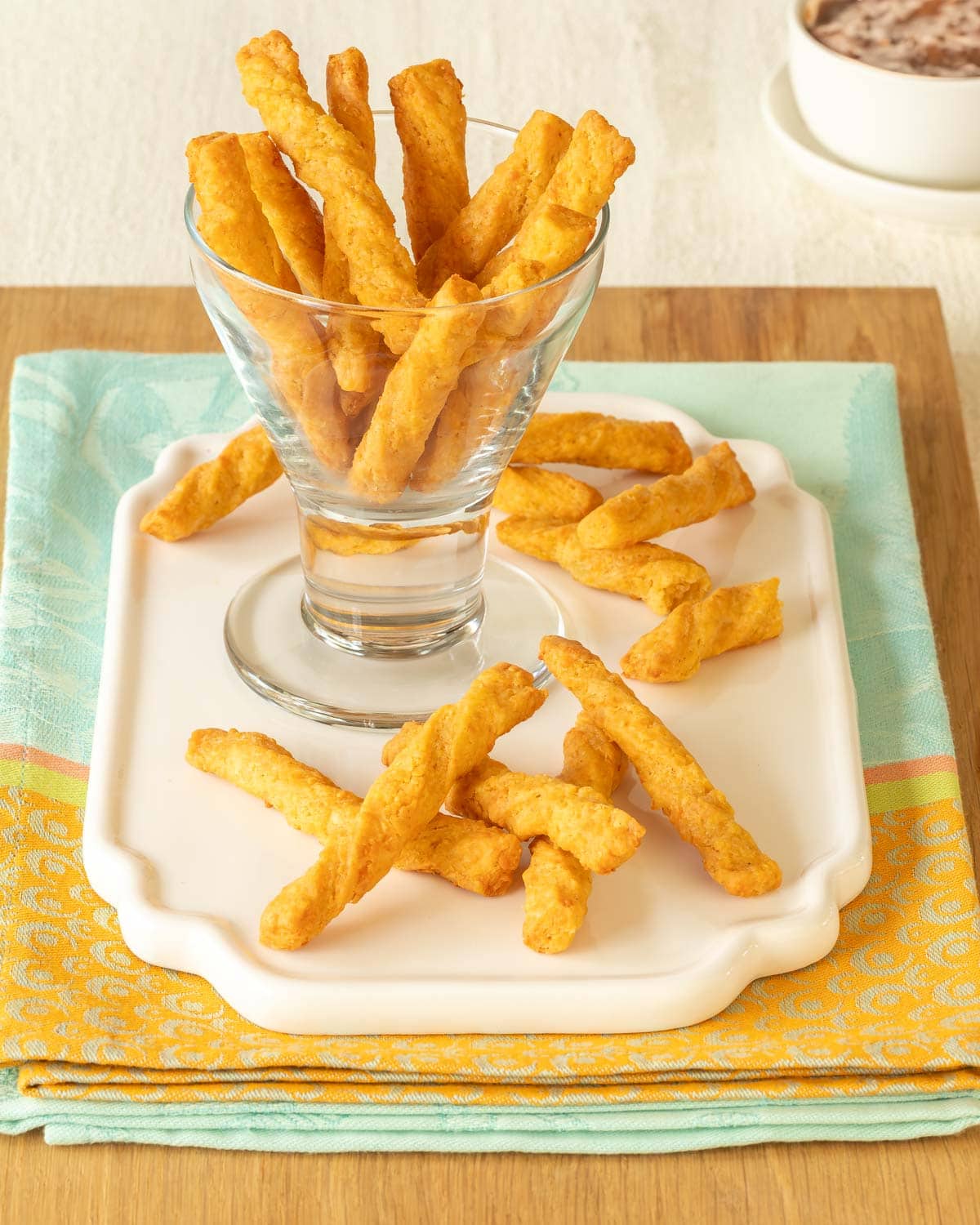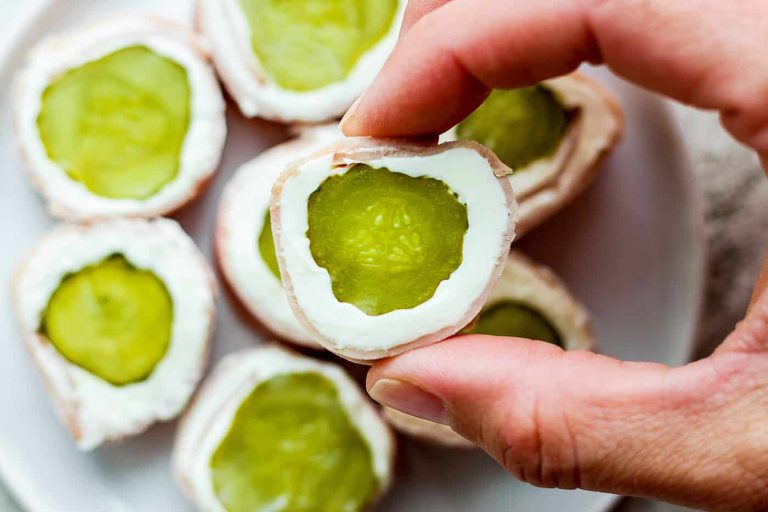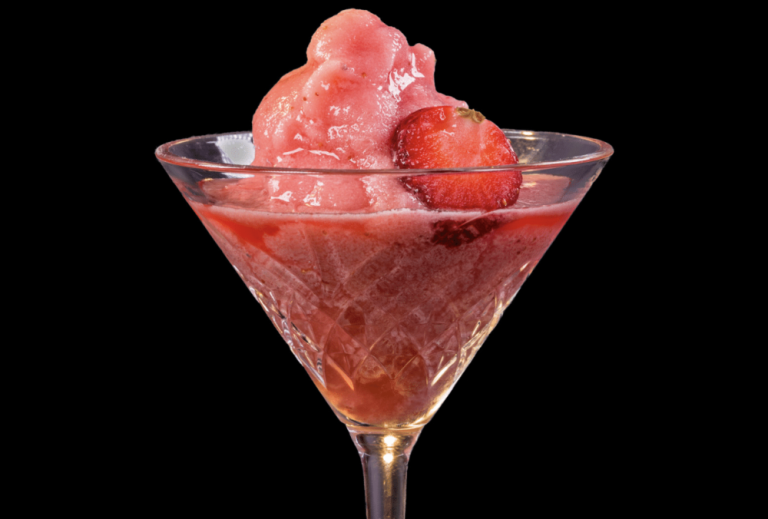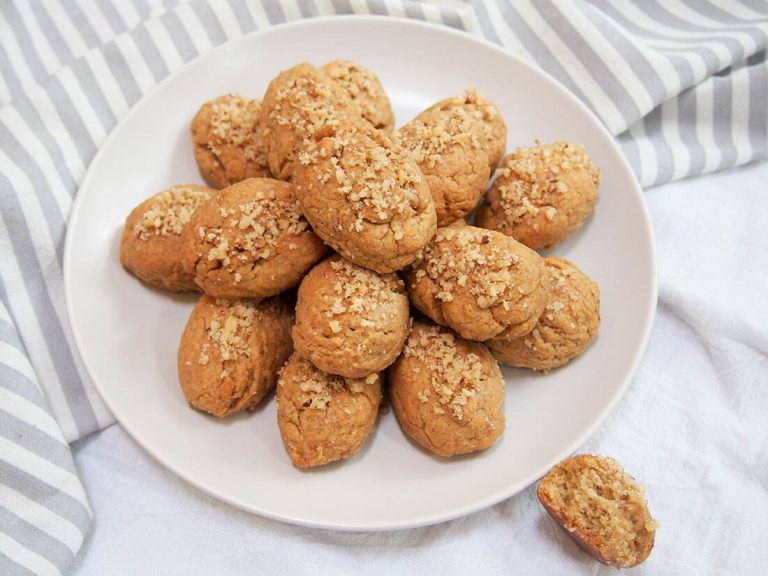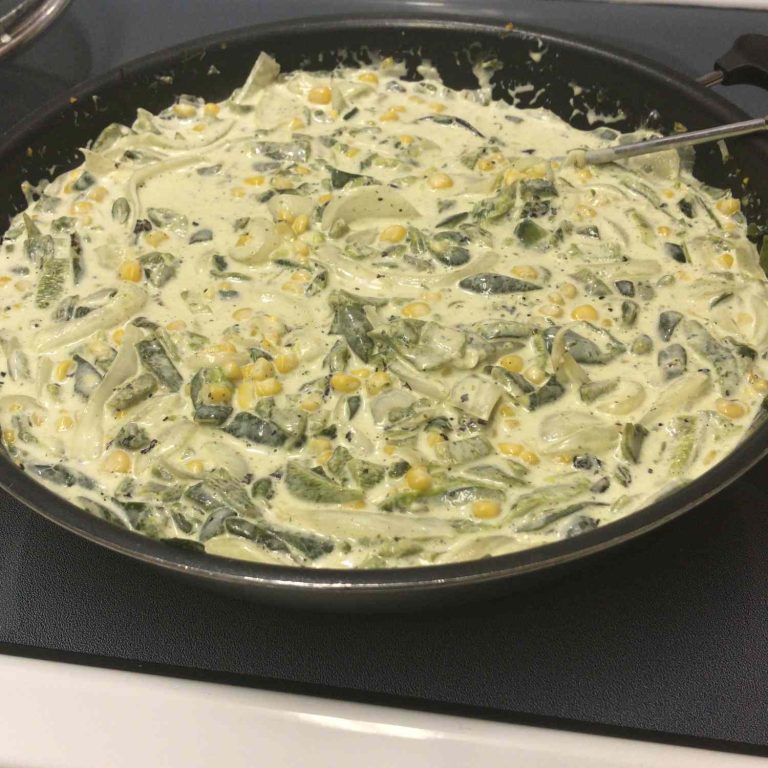Cheese Straws: History, Recipes, and Flavor Variations
Cheese straws have a storied past that traces back to the Southern United States. Their origin lies in the need for simple, yet flavorful, snacks that suit various occasions. Traditional Southern recipes often incorporate cheddar cheese, bringing a sharp, savory taste. These crispy snacks became household staples, enjoyed at parties, family gatherings, and holiday celebrations. They’ve also spread across other regions, gaining popularity for their versatility and delightful flavor.
Key Ingredients
Cheese straws rely on a few fundamental ingredients that make them both simple and delicious. The primary component is cheese, often sharp cheddar, but variations include Gruyère, Parmesan, or a mixture of cheeses. Flour is essential to provide structure and texture, typically all-purpose flour works best. Butter makes the dough rich and flaky, giving cheese straws their signature crispiness. A dash of salt enhances the cheese’s natural flavors. Optional seasonings like cayenne pepper or paprika add a spicy kick.
How to Make Cheese Straws
Choosing the Right Cheese
Selecting the right cheese is key to achieving the best flavor and texture in cheese straws. Use sharp cheddar cheese for a classic taste, choosing high-quality blocks instead of pre-shredded varieties. These blocks offer a richer flavor and better melting properties, ensuring your cheese straws come out perfectly.
Preparation Techniques
Grate the Cheese:
Shred the chosen cheese to ensure an even mix with the other ingredients. Finely grated cheese integrates seamlessly, providing a uniform texture.
Mix the Dough:
Combine grated cheese with flour, butter, and salt in a mixing bowl. Work the ingredients together until they form a dough. For extra zing, add a pinch of cayenne pepper or your favorite spices.
Shape the Straws:
Roll out the dough on a floured surface. Cut it into thin strips, approximately 1/4-inch wide. Twist each strip gently to create the traditional cheese straw shape.
Bake:
Preheat the oven to 375°F (190°C). Place the shaped dough onto a baking sheet lined with parchment paper. Bake for 10-15 minutes or until golden brown.
Cool and Serve:
Allow the cheese straws to cool completely on a wire rack. Once cooled, serve them fresh or store in an airtight container to maintain crispness.
Varieties of Cheese Straws
Regional Variations
Cheese straws showcase distinctive features based on their regional origins. In the southern United States, cheese straws typically feature sharp cheddar cheese and a hint of cayenne pepper. English cheese straws, however, often incorporate a mix of cheddar and Parmesan cheeses. In some European regions, cheese straws may include herbs like thyme or rosemary for added flavor complexity. Understanding these local differences helps you appreciate the diverse interpretations of this classic snack.
Flavored Cheese Straws
Various flavorings elevate the classic cheese straws. Adding spices like smoked paprika, cumin, or mustard powder gives the straws a unique twist. Incorporating fresh herbs, such as chives or parsley, adds freshness and color. You can also experiment with different cheese varieties, like blue cheese or Gouda, to create new taste profiles. The key is to balance the flavors to enhance the cheese without overwhelming it.
Serving and Pairing Ideas
Best Drinks to Pair With Cheese Straws
Cheese straws pair well with a variety of drinks. Wine offers excellent options; consider a crisp Chardonnay or a fruity Pinot Noir to complement the rich, savory taste of the cheese. For beer lovers, light lagers and hoppy IPAs work nicely, balancing the savory elements. Cocktails like a classic gin martini or a bourbon-based Old Fashioned can enhance the cheese flavor. Non-alcoholic choices include sparkling water or iced tea, which provide a refreshing contrast to the cheese straws.
Occasions for Serving Cheese Straws
Cheese straws are versatile enough for many occasions. They are perfect for cocktail parties, as they are easy to handle and serve. At family gatherings or potlucks, they add a delightful crunch to the spread. Serve cheese straws during holiday celebrations like Christmas or Thanksgiving; they fit in well with festive appetizers. They also make a sophisticated addition to afternoon tea, offering a savory balance to sweet treats.
Health Considerations
Nutritional Information
Cheese straws offer a mix of flavors and textures but also come with nutritional considerations. One ounce (28 grams) of traditional cheese straws typically contains:
- Calories: 140-150
- Fat: 10-12 grams
- Saturated Fat: 6-7 grams
- Sodium: 200-250 milligrams
- Protein: 5-6 grams
- Carbohydrates: 7-8 grams
- Fiber: Less than 1 gram
High-fat content and substantial sodium levels can impact heart health if consumed in large quantities. Incorporate them moderately into a balanced diet to enjoy their taste without negative health effects.
Dietary Restrictions
Cheese straws may not suit everyone, especially those with dietary restrictions. Consider the following:
- Lactose Intolerance: Cheese straws contain dairy, making them unsuitable for lactose-intolerant individuals unless lactose-free cheese is used.
- Gluten-Free Diets: Standard recipes utilize wheat flour. Gluten-free flour alternatives like almond or rice flour can adapt the recipe for those with gluten intolerance or celiac disease.
- Low-Sodium Diets: High sodium content poses challenges for individuals on low-sodium diets. Reduce salt content or use low-sodium cheese to make them more suitable.
- Vegetarian: Traditional cheese straws are vegetarian-friendly but confirm cheese used doesn’t contain animal rennet to ensure compatibility with strict vegetarian diets.
Adjustments can make cheese straws accessible for various dietary needs.
Conclusion
Cheese straws are a delightful addition to any event, offering a versatile and flavorful treat that can be customized to suit various tastes and dietary needs. Whether you’re experimenting with different cheeses and spices or sticking to a classic recipe, the key is to use high-quality ingredients for the best results.
Serve them at your next gathering and watch them disappear quickly. Pair them with your favorite drinks to elevate the experience. With the right preparation and thoughtful adjustments, cheese straws can be enjoyed by everyone, making them a timeless snack worth mastering.
